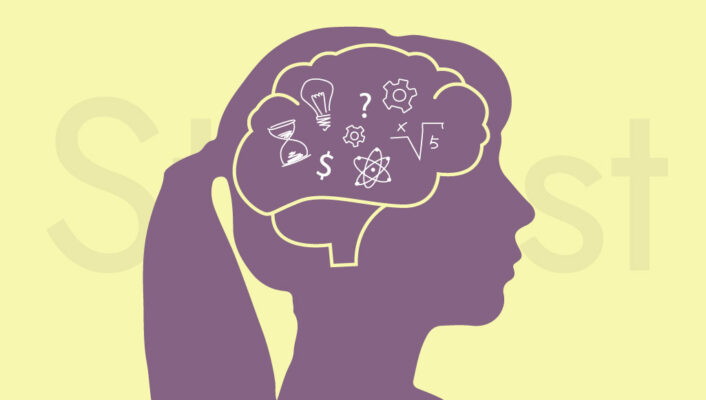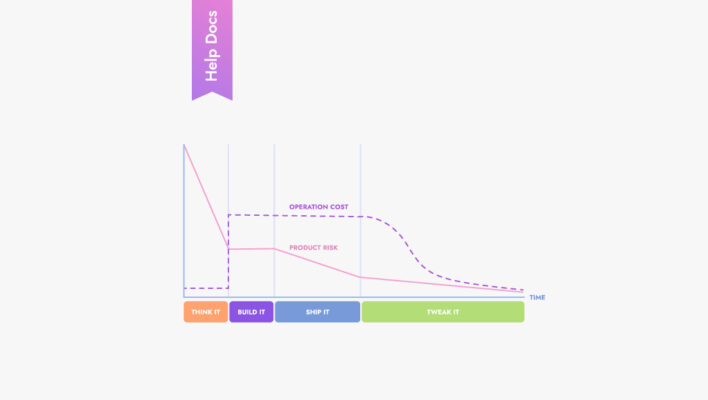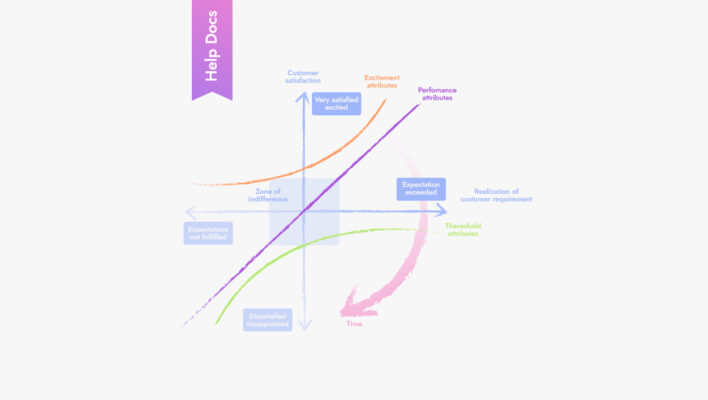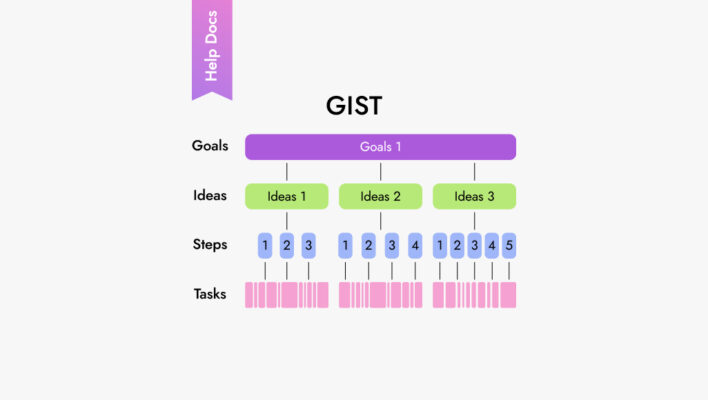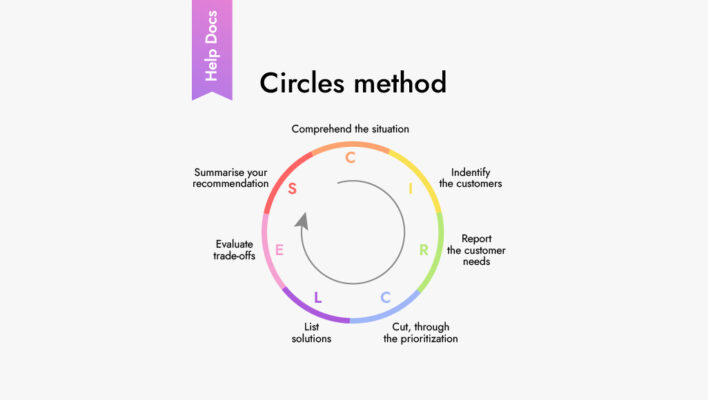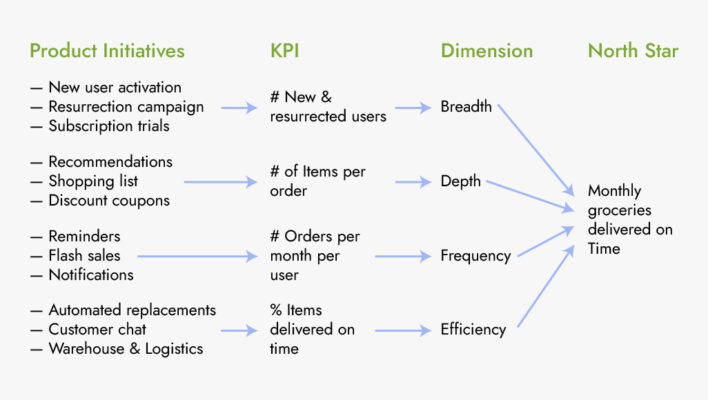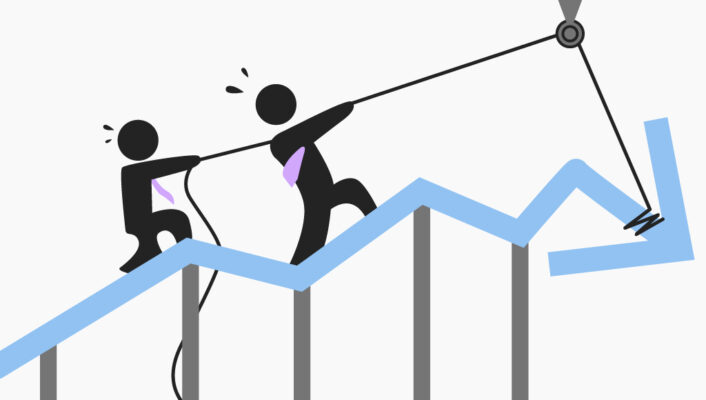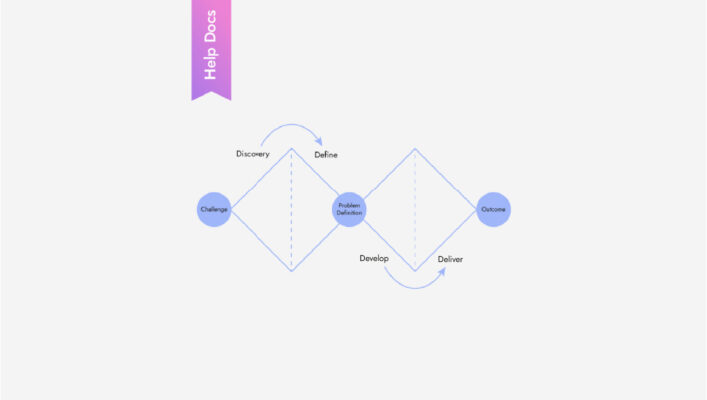5 Es Model: A Comprehensive Guide to Customer Journey Map
Discover how the 5 Es Framework shapes and enhances the customer experience journey.
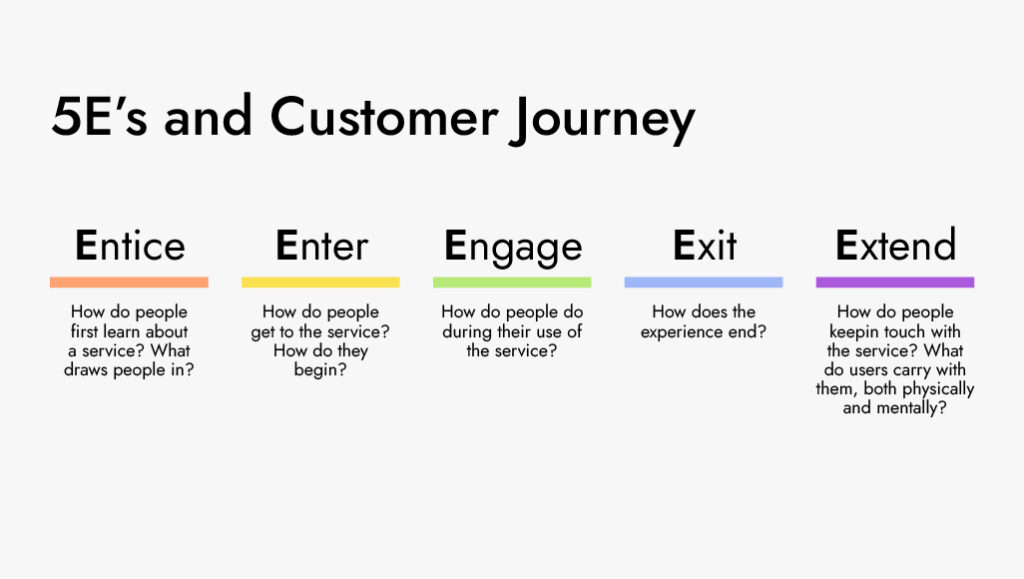
The 5 Es Customer Journey Map Framework breaks down the customer experience into five core phases: Entice, Enter, Engage, Exit, and Extend. While the exact origin and individual credited for this framework is debated, its roots can be traced back to marketing and user experience design principles. This holistic approach ensures businesses understand and cater to their customers at every interaction point, enhancing loyalty and satisfaction. Its straightforwardness has made it popular among businesses wanting a structured method for evaluating and improving customer interactions.
The 5 Es Framework is invaluable for businesses aiming to understand the customer journey all the way from pre-purchase to post-purchase stages. Customer service teams utilize it to improve communication, while product managers can assess how a product fits into a customer’s overall journey. By recognizing each phase, businesses can strategically adjust their efforts to meet customer needs.
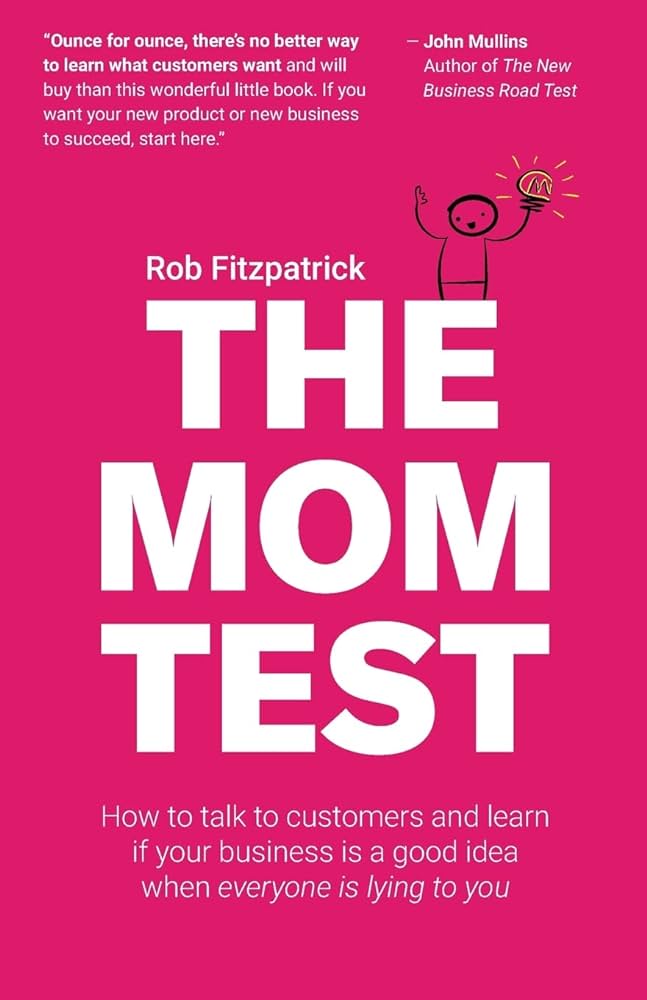
How it works
Step-by-step Algorithm:
Entice: Identify what draws customers towards your product or service. This could be advertising, word of mouth, or other attraction methods.
Enter: Understand the initial interactions customers have when they decide to explore your offering. This includes website visits, store entrances, or app downloads.
Engage: Delve into the main interaction phase. How do customers use your product or service? What challenges do they face? What delights them?
Exit: Examine the conclusion of the primary interaction. This could be the checkout process, signing off an app, or ending a subscription. Look for points of friction or dissatisfaction.
Extend: Explore post-purchase or post-interaction phases. How do you maintain a relationship with the customer? This involves follow-up communications, loyalty programs, and feedback mechanisms.
Example
Let’s consider an online clothing store:
Entice: The store runs a social media ad showcasing a new collection, targeting users based on past purchase history.
Enter: A user clicks the ad, landing on the store’s website. The homepage displays the new collection, easy-to-find categories, and a special discount popup.
Engage: The user browses, tries the interactive “virtual try-on” feature, and adds items to the cart. Throughout the process, they have access to customer reviews and a chatbot for sorting queries.
Exit: The user proceeds to a simplified, one-page checkout, using saved payment details. Before finalizing, they’re offered a complementary accessory at a discount.
Extend: Post-purchase, the user receives a thank you email with a tracking number. Two weeks later, they get another email requesting feedback and suggesting matching items for their purchase.
Key Takeaway
The 5 Es Framework offers businesses a structured approach to understanding and improving every stage of the customer journey. By identifying and optimizing each phase, companies can create a seamless and memorable experience that not only satisfies but also fosters loyalty among their clients.
